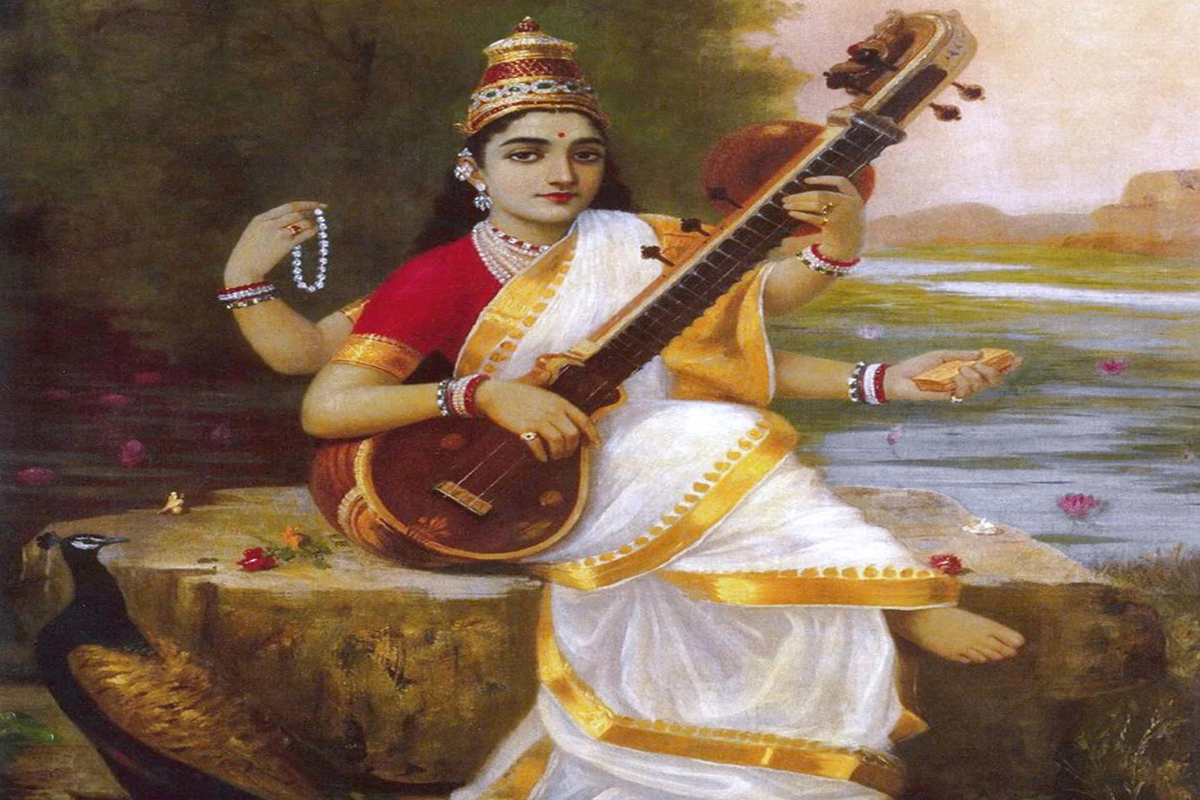Unearth the Rainbow Nation
As the year gains momentum and travellers embark on checking off their bucket lists, numerous hidden gems await discovery, eager to be unveilled.
By personifying them, cultures and religions render these attributes more accessible, comprehensible and relatable.

The human tendency to attribute abstract, intricate, and often inexplicable facets of existence to a wise and supernatural entity possibly underlies the notion of various personified divine attributes, such as personified divine wisdom. By personifying them, cultures and religions render these attributes more accessible, comprehensible and relatable.
Across cultures and religions, personified divine wisdom takes myriad forms, with each tradition offering unique insights into its nature and attributes. For instance, in Christianity, it manifests as the Holy Spirit, or Logos, embodying divine illumination and guidance. In Judaism, it finds expression in Sophia (meaning, wisdom), emphasising discernment and righteous living. Taoism portrays wisdom through the concept of Wu Wei, highlighting effortless action and harmony with the natural order. Ancient Egypt aligns wisdom with Maat, the goddess of truth, justice, and cosmic order. Norse mythology attributes wisdom to Odin, the All-Father, who possesses vast knowledge and understanding. In Hinduism, Saraswati embodies wisdom as the goddess of knowledge, music, and the arts.
Clad in pristine white, signifying purity and sanctity, Saraswati sits gracefully upon a lotus blossom. This flower, rooted in mud yet blooming immaculately above, symbolises her association with wisdom, enlightenment, and the blossoming of consciousness. In her right hand, she holds a book, representing the knowledge that serves as the wellspring of wisdom. In her left hand is a veena, its music embodying the creative expression of inner wisdom. This wisdom is not static but ever-evolving, nourishing and enriching the mind like the gentle flow of the water surrounding her.
Advertisement
The Hamsa, the graceful swan that embodies balance, peace and tranquillity and is proverbially associated with the pursuit of truth, knowledge, and wisdom, serves as the celestial vehicle of Saraswati. Depicted as dwelling amidst the serene waters of Manasa Lake, the Hamsa symbolises the tranquil depths of the human psyche. This imagery captures the essence of the individual soul’s search for self-awareness within the vast expanse of consciousness, echoing the profound journey towards enlightenment and inner wisdom.
As the divine patroness of learning, music, and the arts, Saraswati beckons seekers to plunge into the boundless depths of knowledge leading to wisdom. She guides their path not only towards enlightenment but also towards self-realisation. The ways of the divine with humans are often unconventional and mysterious, unfolding at times through the mundane and at other times through the dramatic. The most appropriate human response to the profound beckoning of Saraswati is the relentless pursuit of wisdom itself.
From behind the veil of the ordinary, the divine nudges King Janaka towards knowledge and wisdom, resulting in self-discovery. The Ashtavakra Gita unveils Janaka’s transformative journey through his chance encounter with Ashtavakra, a man whose eight deformities masked his extraordinary knowledge and wisdom.
As a young man, Ashtavakra accompanied his scholarly father, Kahola, to a grand debate convened by their ruler, King Janaka, in his court. Throughout the profound philosophical and spiritual discussions that ensued, encompassing intricate questions and debates, the court scholars, including Ashtavakra’s father, grappled with the challenge of adequately responding to his inquiries or countering his arguments. Despite the collective efforts of the court scholars, Ashtavakra’s wisdom remained unparalleled, prompting the king to seek his counsel.
Recognising the sincerity of Janaka’s request, Ashtavakra agreed to share his knowledge. His teachings emphasised the significance of self-realisation for attaining true wisdom, inspiring Janaka to introspect and contemplate the self, ultimately leading to his self-realisation. Empowered by his newfound wisdom, Janaka continued to govern his people wisely and effectively, all the while remaining steadfast in his pursuit of truth—a perfect response to the divine wisdom embodied by Saraswati.
In the early days of King Solomon’s reign as the ruler of the united kingdoms of Israel and Judah, amidst the billowing smoke of the sacrifices he offered at Gibeon, a dramatic moment unfolded. The divine appeared to him in a dream, extending an offer to grant him any request he wished.
In a departure from the typical requests for wealth, power, or longevity, young Solomon’s plea was strikingly different. Rather than seeking earthly riches, he yearned for something far more precious and profound: wisdom. This is yet another example of a perfect response to the beckoning of divine wisdom in the Jewish cultural and religious context. Solomon’s only desire was to rule his people with fairness and discernment, a desire that resonated deeply within the celestial realm. Impressed by Solomon’s humility and selflessness, the divine not only bestowed upon him the wisdom he sought but also bestowed upon him immeasurable riches and honour.
This dramatic and profound encounter of Solomon with the divine and his pursuit of wisdom laid the foundation for a reign unparalleled in history. Solomon’s wisdom became legendary, immortalised in tales such as the one where he discerned truth from falsehood amid the conflicting claims of two mothers (1 Kings 3:16-28). Under his just and insightful governance, his kingdom thrived, serving as a testament to the enduring strength found in prioritising knowledge over transient desires.
Across cultures and languages, numerous names echo through the ages, each a shimmering echo of the unseen divine essence. Like countless stars twinkling across the night sky, these diverse titles illuminate the vastness and infinite mystery of the divine. To the wise and the enlightened, this essence takes form in myriad ways. They have referred to divine wisdom in many magnificent terms, such as the illuminating Logos, the comforting Holy Spirit, the vibrant Sophia, the effortless Wu Wei, the cosmic Maat, the wisdom-wielding Odin, and the creative Saraswati. Each name is a brushstroke, whispering its own unique understanding of the divine, yet all are part of the same breathtaking divine entity. In Indian cultures and religions, they refer to it by the name, Saraswati.
The writer is is professor, English department, St Xavier’s College, Kolkata
Advertisement